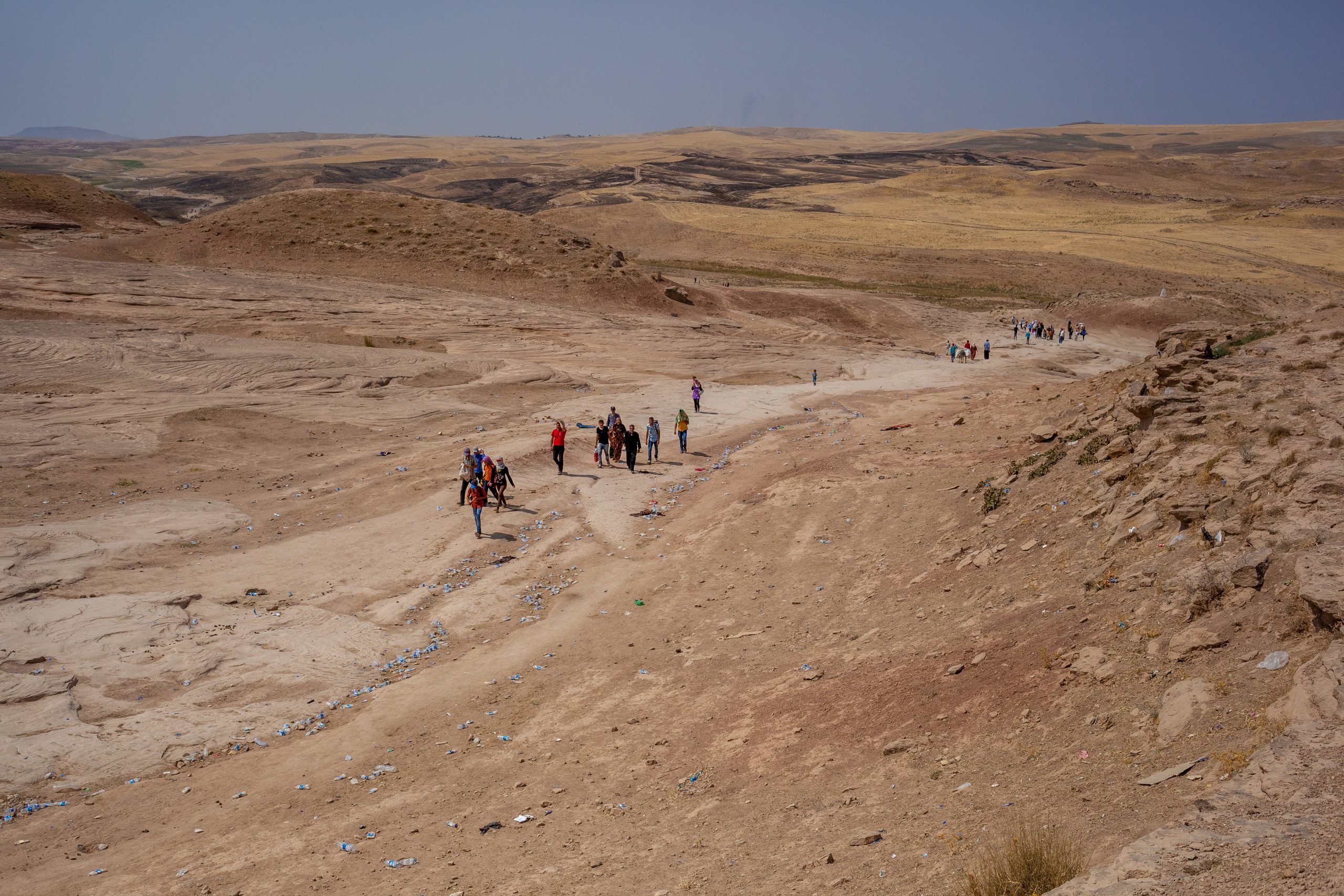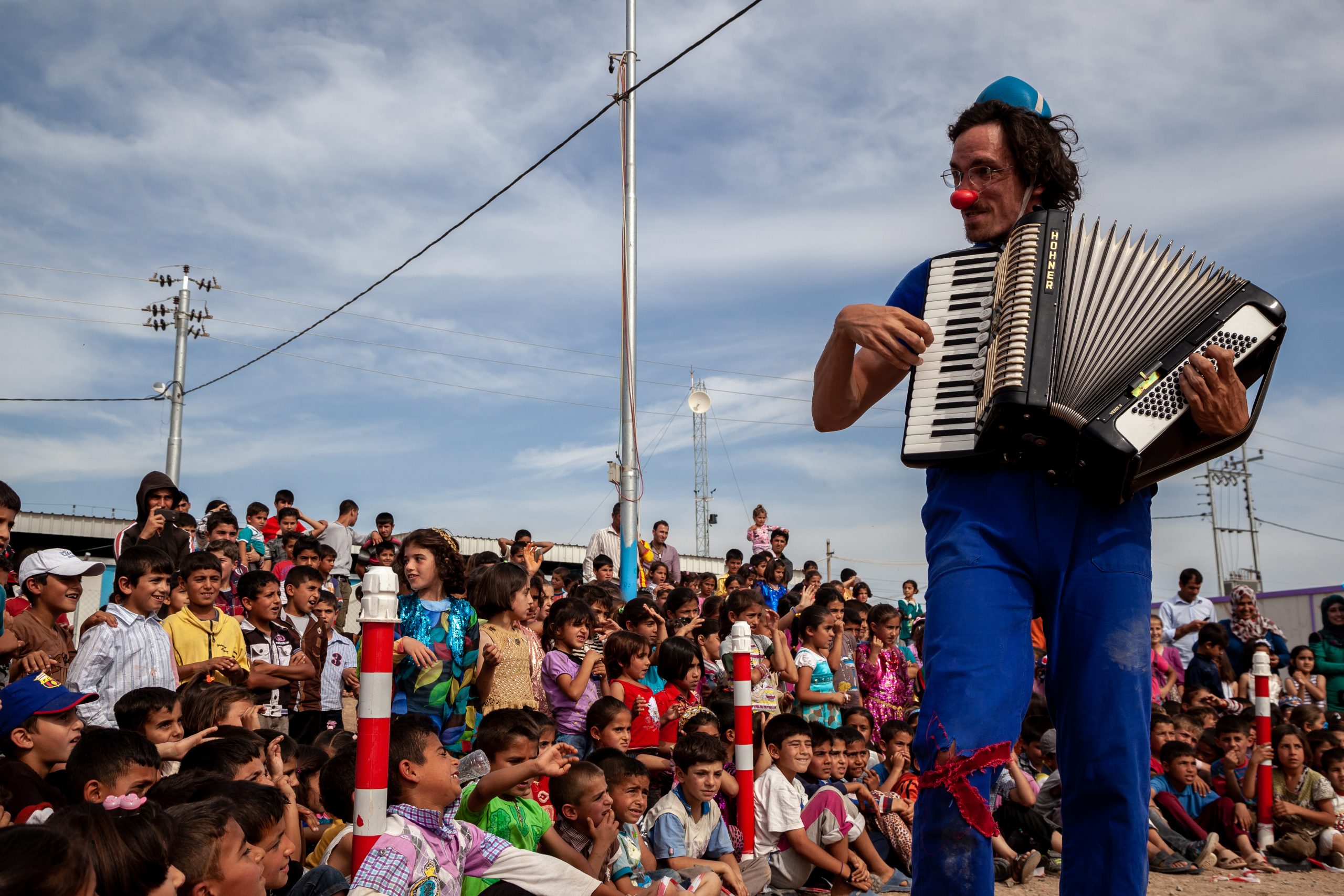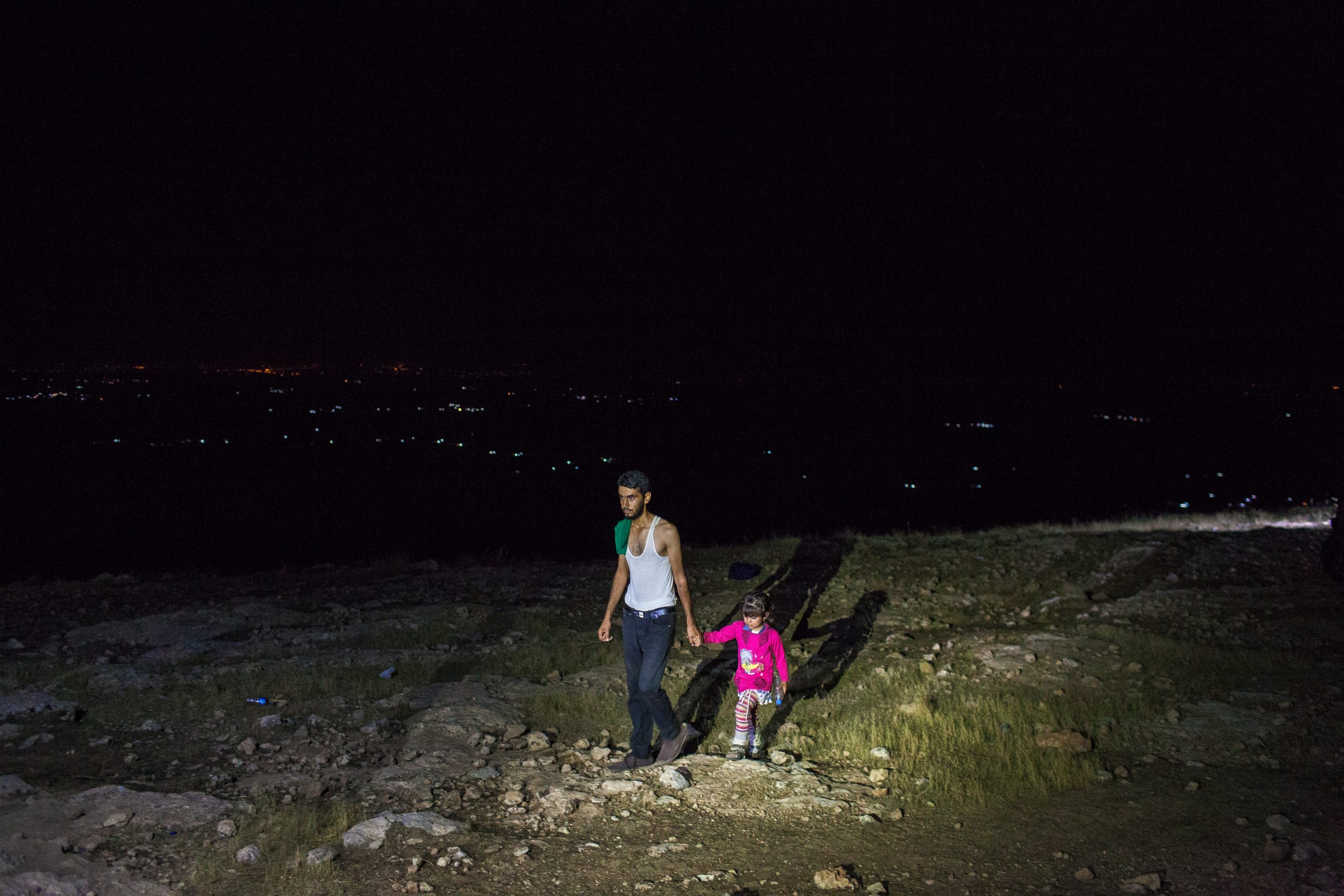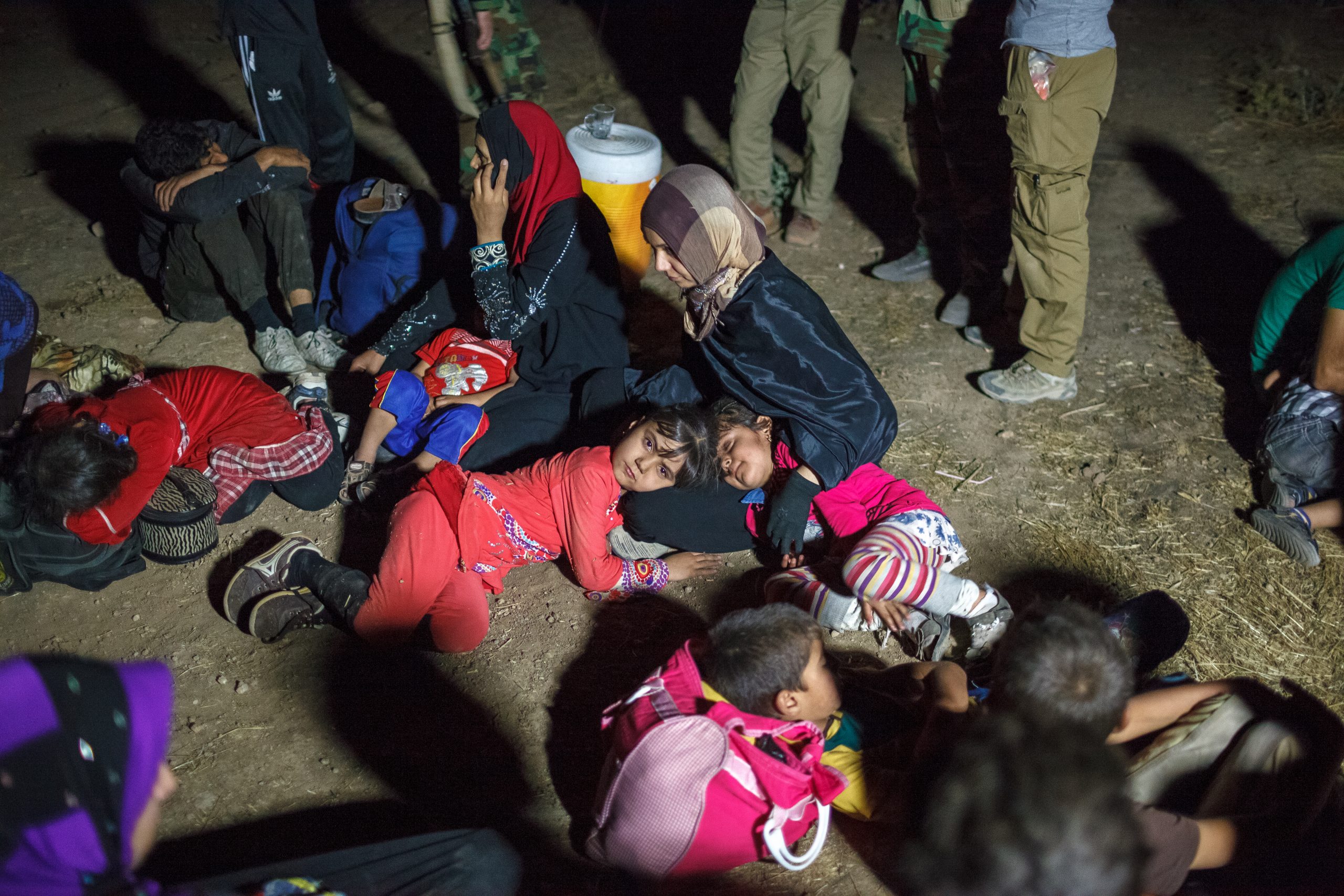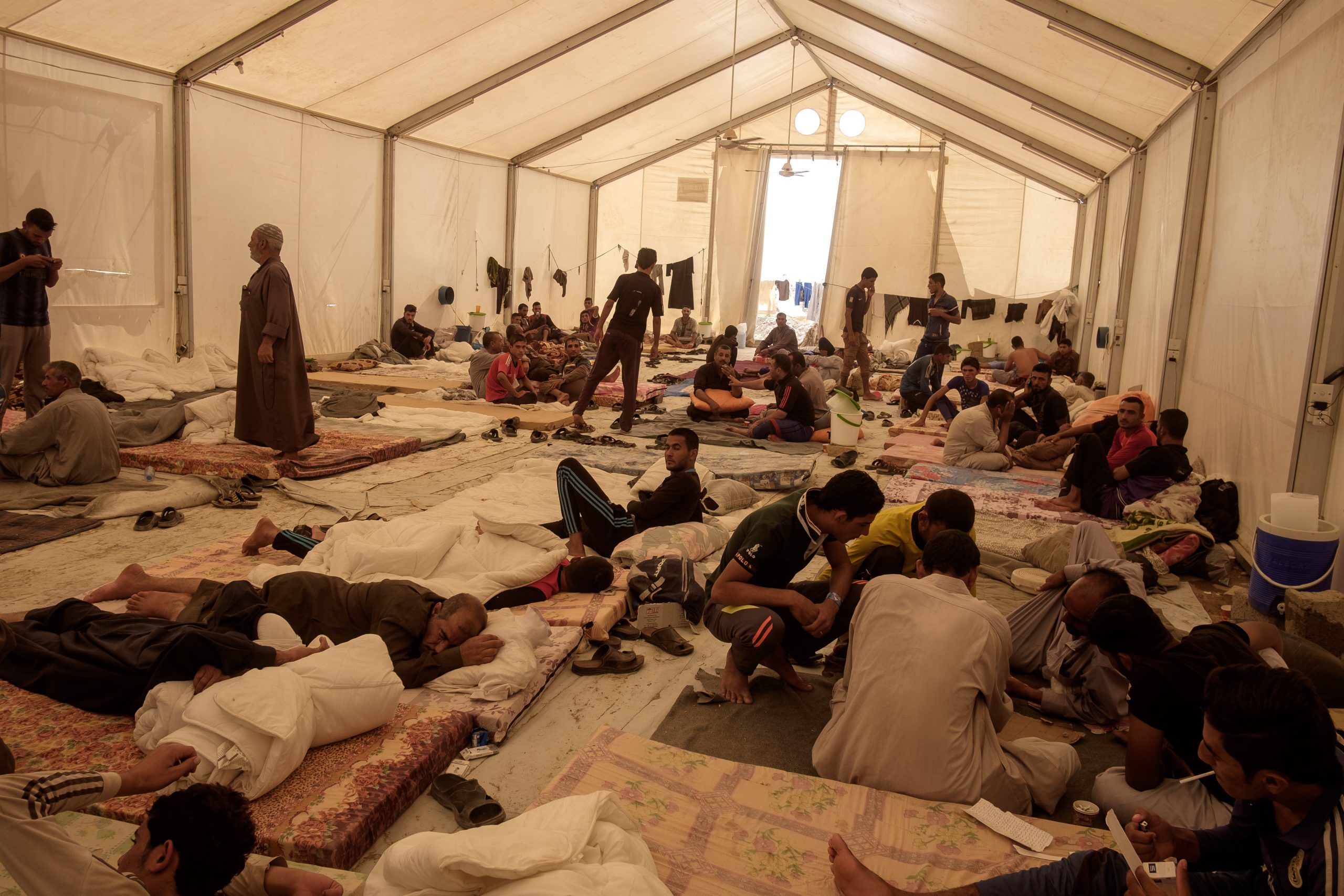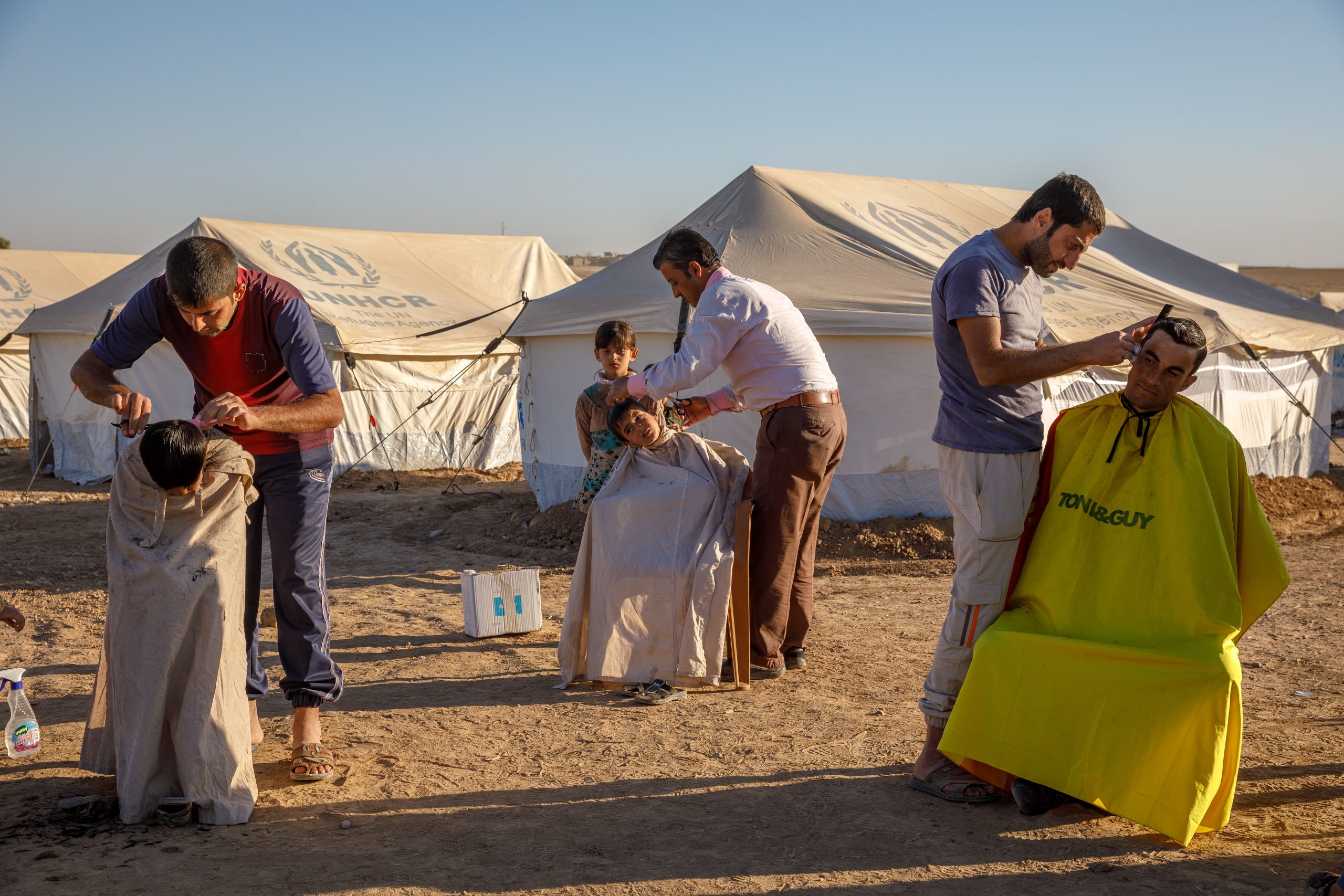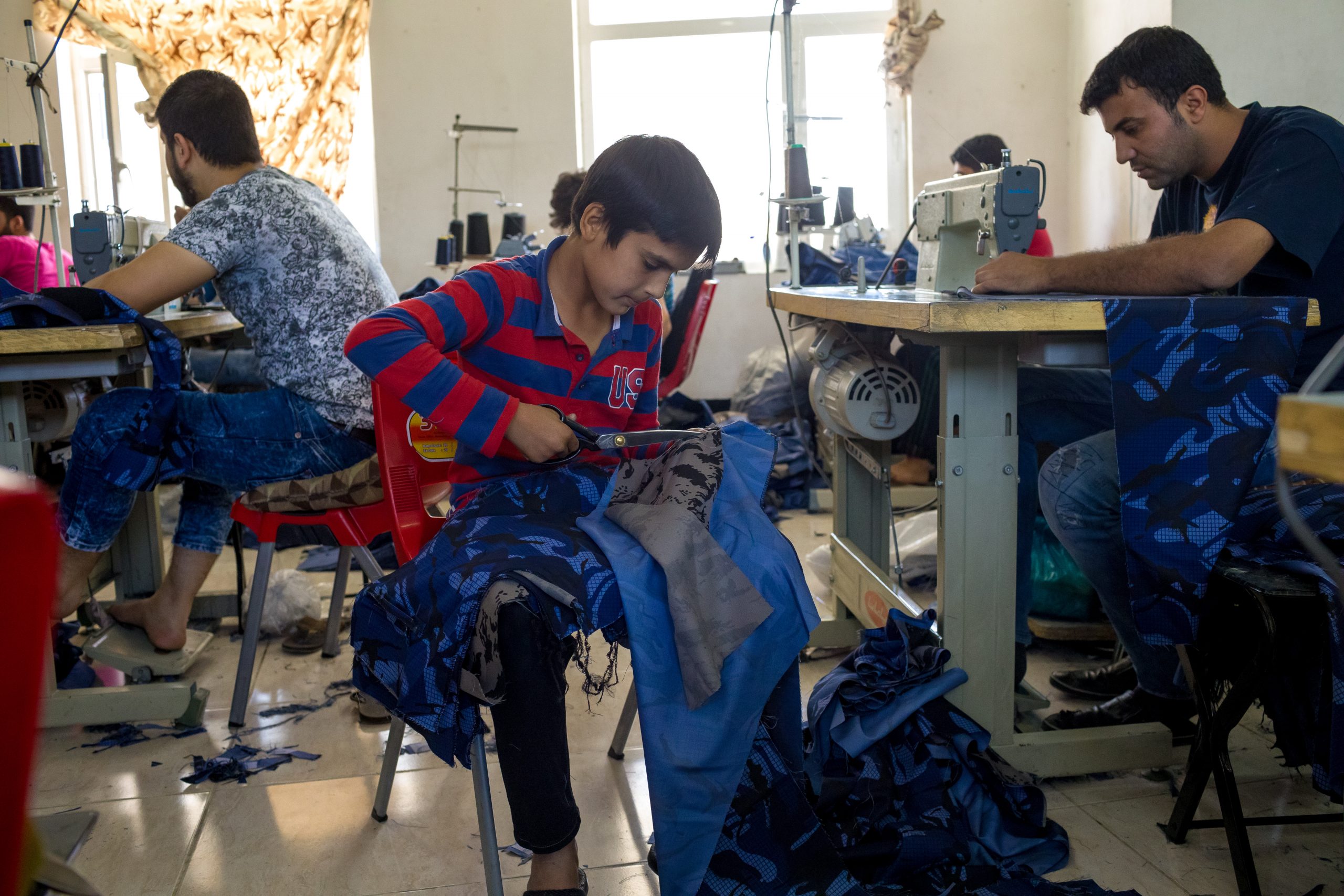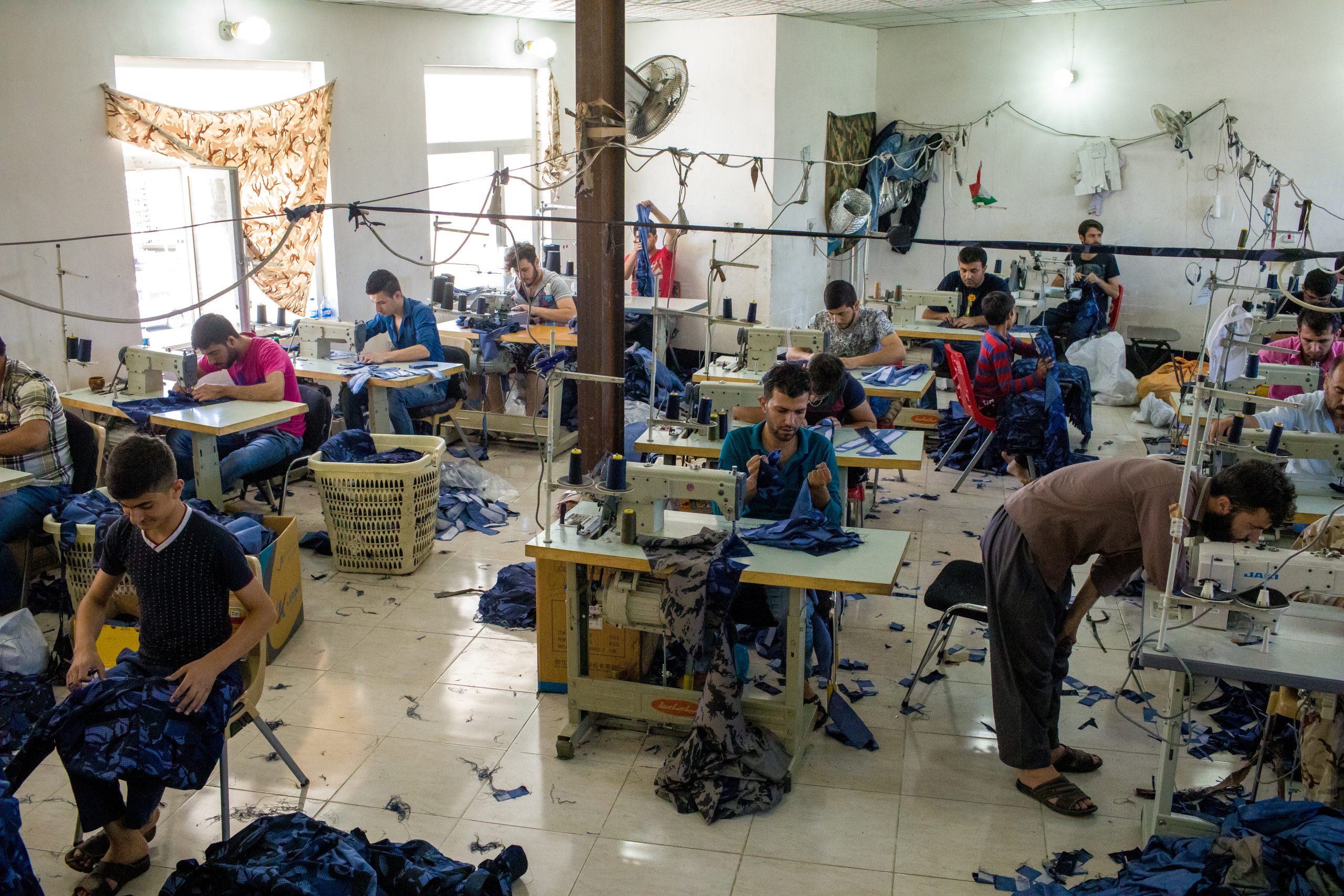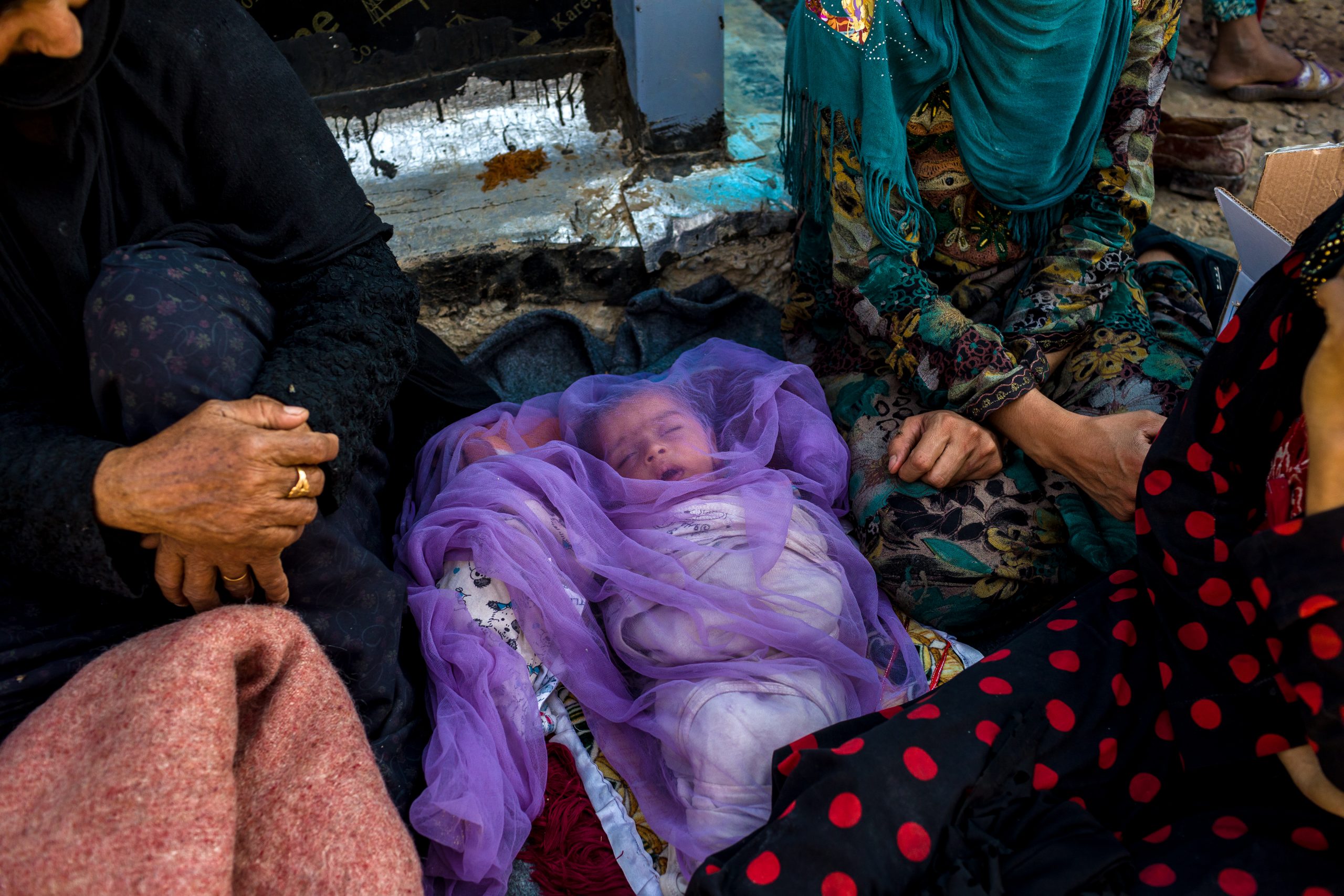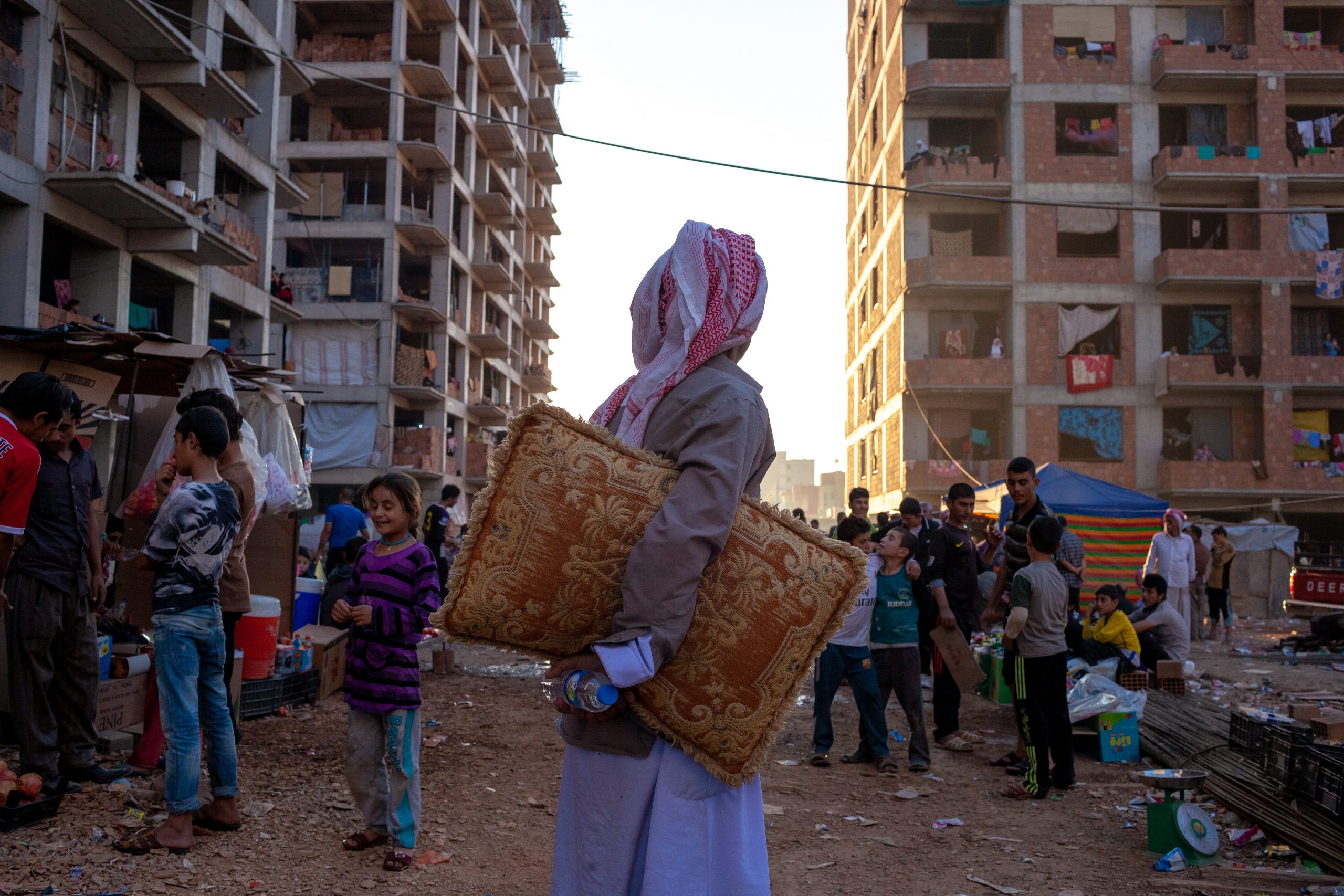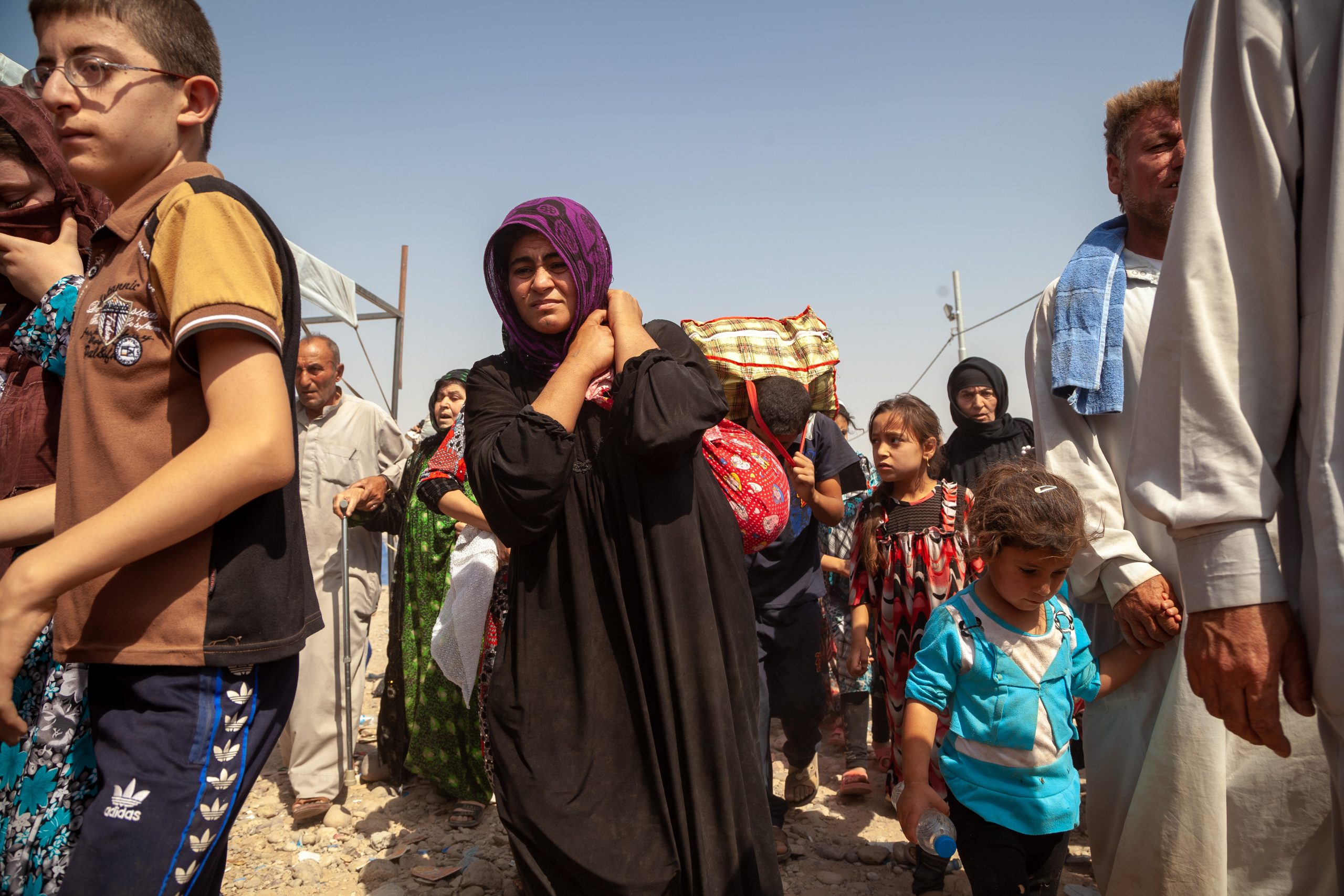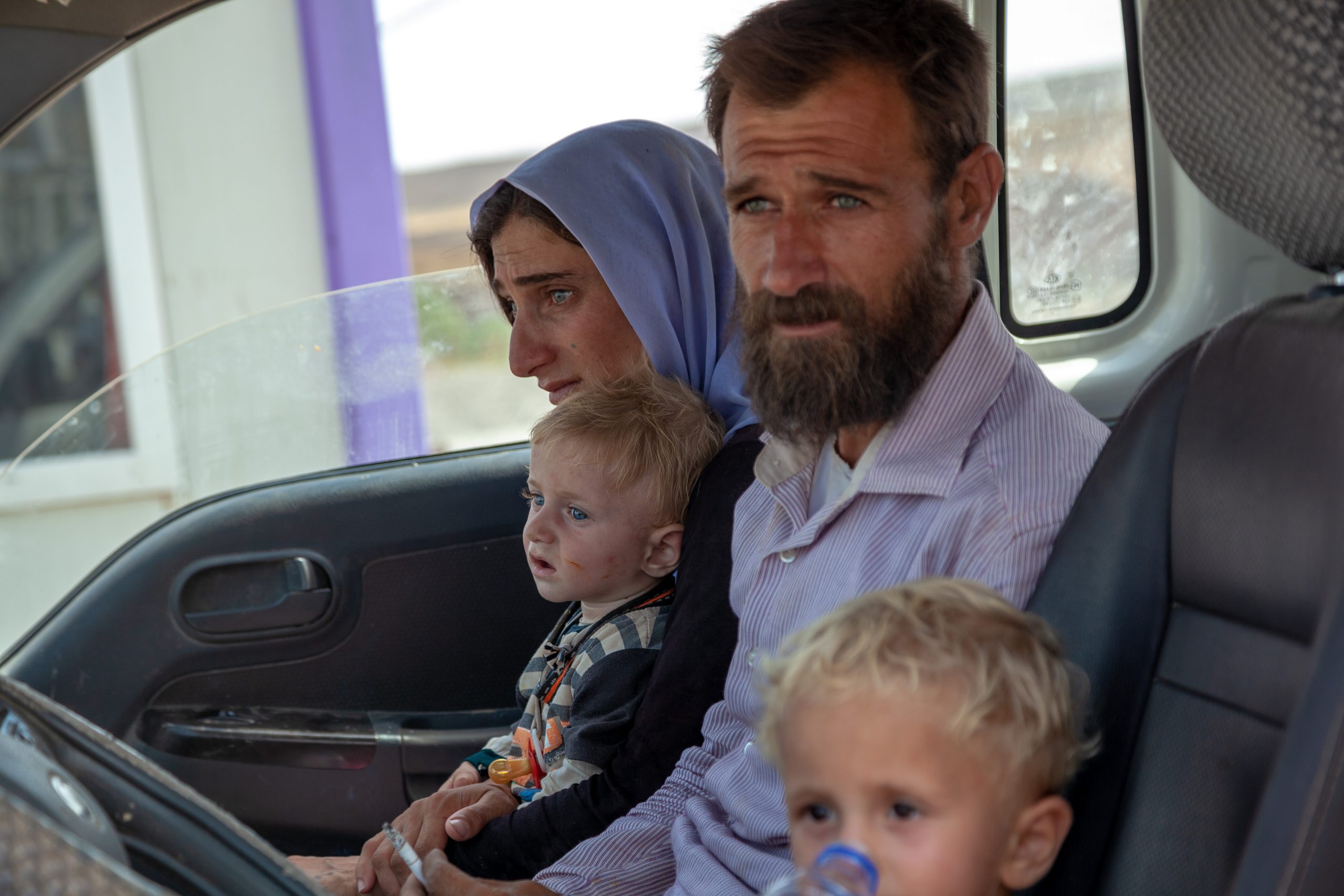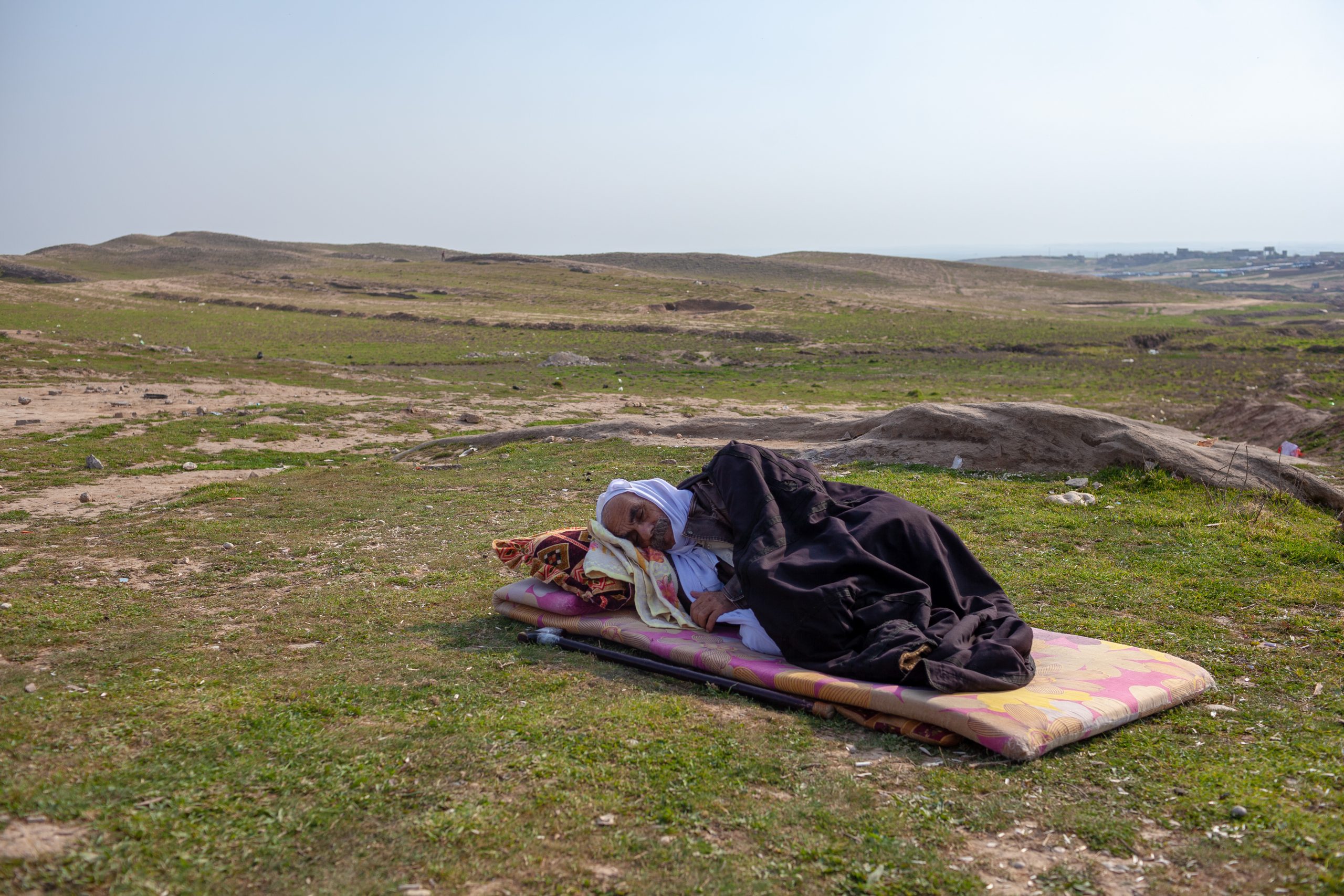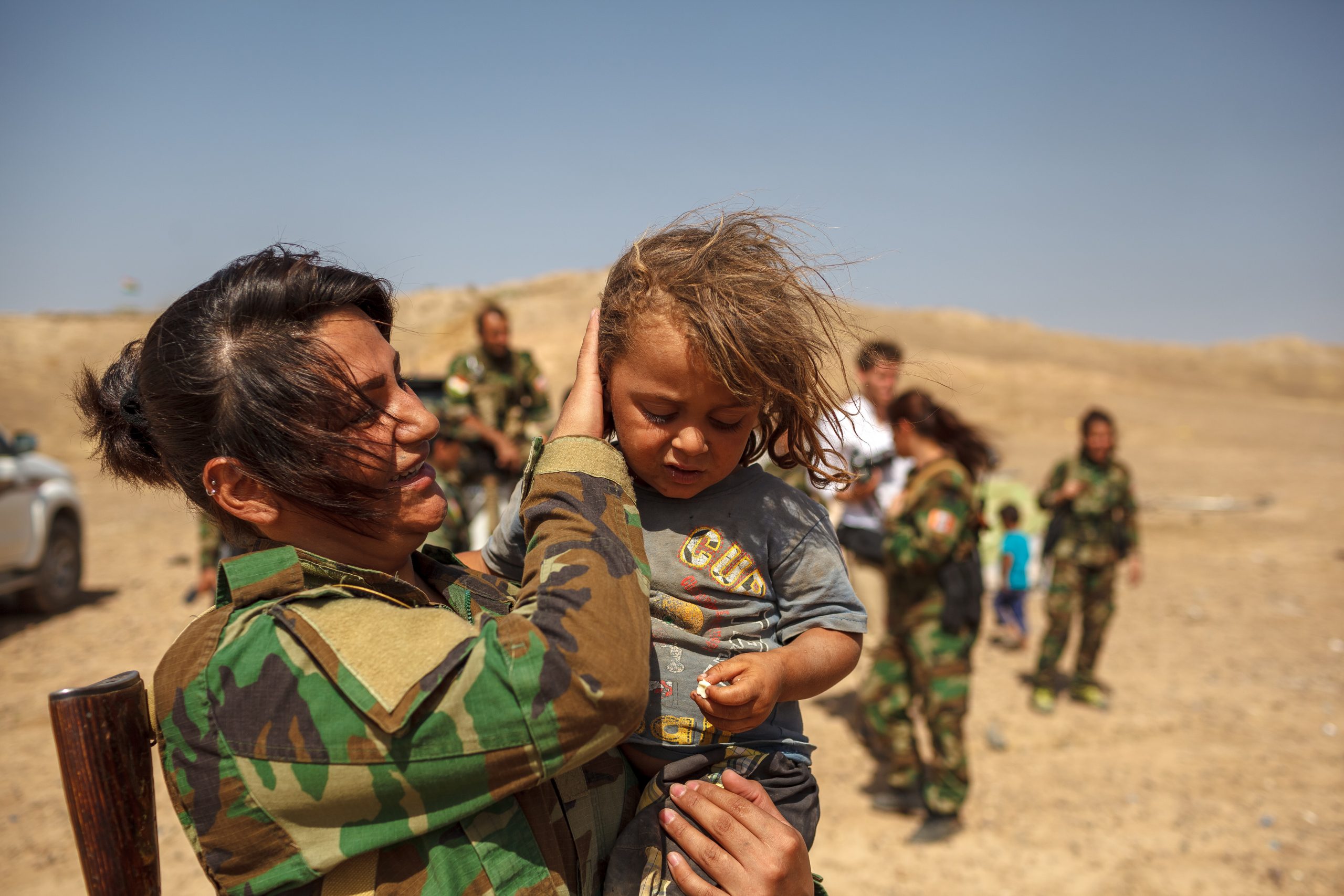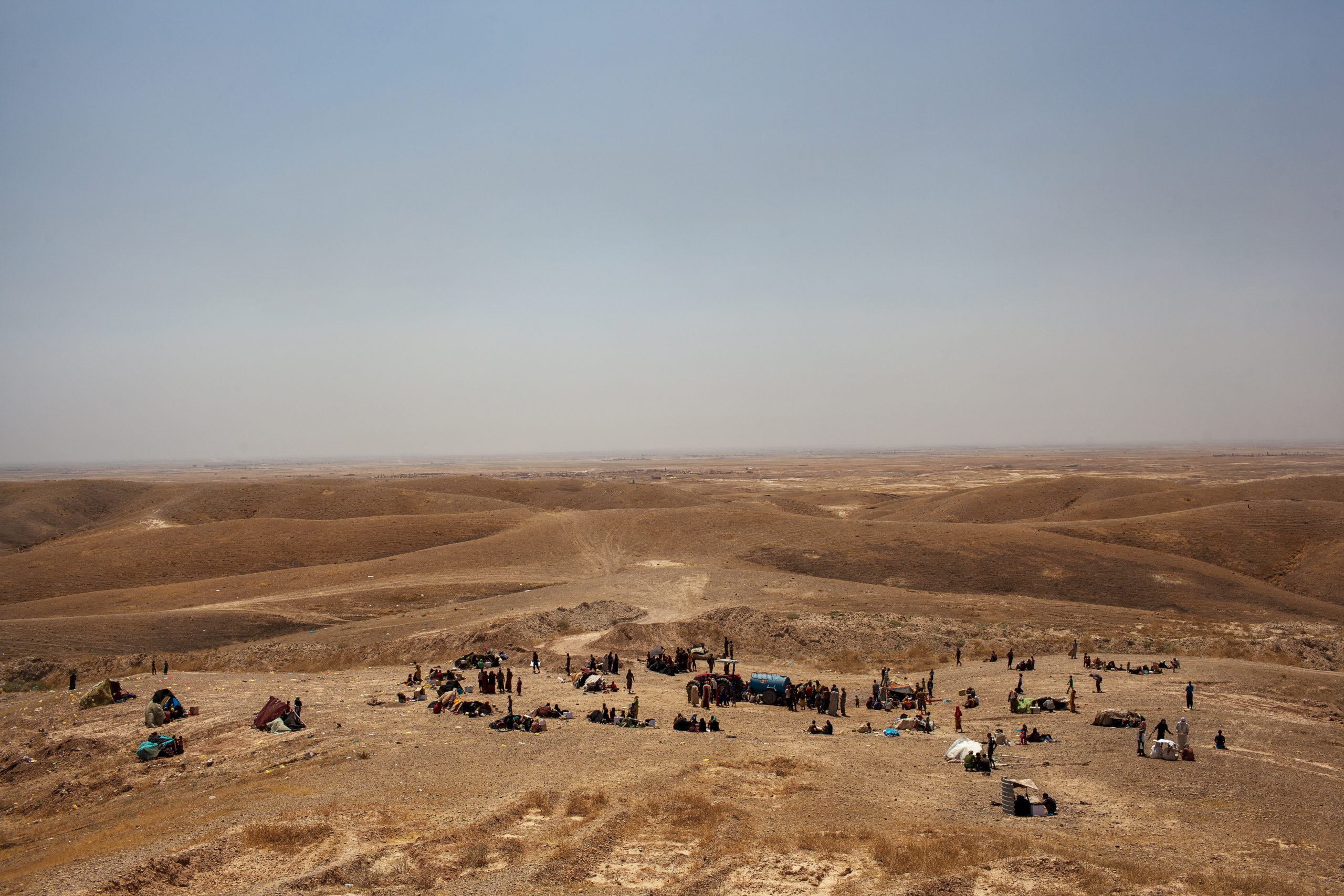
Years of Displacment
When we think of forced migration, the images of destroyed homes and fleeing people come to our minds; of individuals losing the roofs over their heads and regaining it by moving into shelters in refugee camps created by governments and international NGOs. But Younes Mohammadi’s focuses on a point which often goes missing. The moment humans become displaced, their lives are separated in periods of before and after. It doesn’t mean you only lose your house or have to leave your hometown behind, it means the extinction of a family.
The effects it has on every individual’s social, economic, political, or health condition are immense. No matter if they migrated within their own country or have to take refuge in a neighbor one, people face issues building a new life from scratch. It is not only about constructing a new house. Unemployment and the loss of means of livelihood make it challenging to maintain a standard of living and eventually often lead to long-term poverty. The progressive deterioration in economic conditions can cause psychological trauma, mental illness and an increase in drug abuse. But often even basic things change, like nationality or spoken language which can create questions of identity.
Traveling the battlefields of ISIS in Syria and Northern Iraq between 2013 and 2018, Younes Mohammadi, has caught the marks left on individual lives but also local communities like the Kurdish, Iraqi, Syrian, or Iranian Kurdish. His images show how established social life takes on a new and unwanted form when children play with plastic bags, young couples get married in refugee camps rather than their parents’ home, or men sleep outside in the wilderness.
Within families, displacement often leads to separations like in the case of the Yazidi children in Sinjar. For eight days 40,000 or more members of the religious minority were trapped in the mountains in Iraqi Kurdistan. When walking 35 kilometers until reaching Syrian land, many of the children had lost their families.
These children as every other internally displaced person or refugee absorbed instability and uncertainty into their DNA with this experience. When two young boys had been approaching a Peshmerga base close to Mosul, the commander gave direct order to shoot. He considered them ISIS combatants trying to commit a suicide attack. But the sniper refused. He withstood and saved the two boys’ lives who had actually escaped after being in ISIS territory for around two years.
It is heart-shaking to see a woman forced to sedate her newborn baby because she saw no other way when fleeing ISIS during the night. The wailing baby could have called the attention of the fighters. In the end, the woman administered her baby such a high amount of medication throughout the march, that at arrival in the Peshmerga base, the baby wouldn’t wake up.
Younes Mohammadi’s images show the chaos which follows when lives are extinguished not by actual killing but by displacement. They cover the process of personality changes being forced onto humans and the moments when the course of the future is changed for good.
